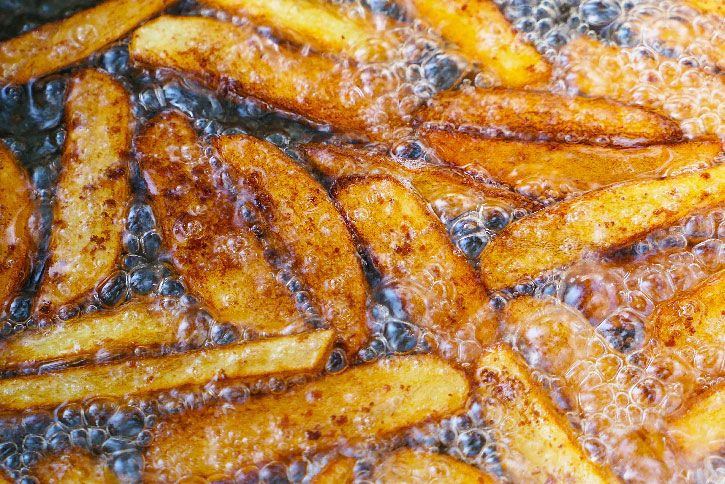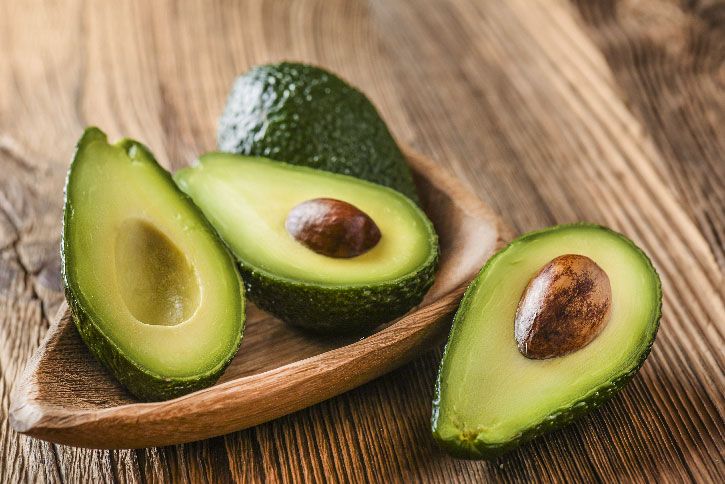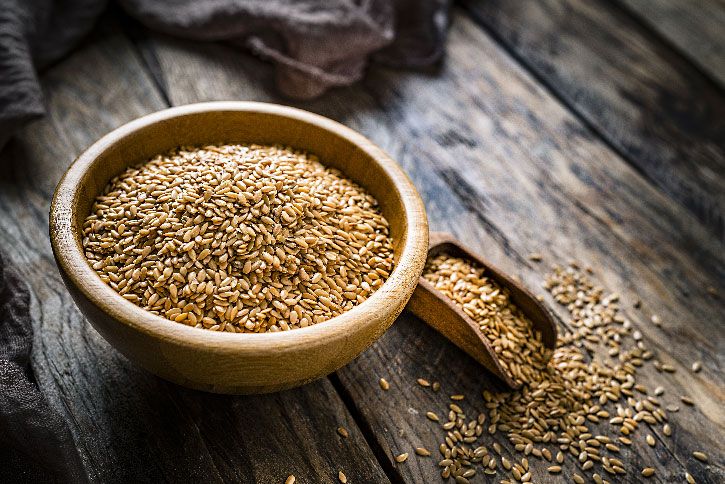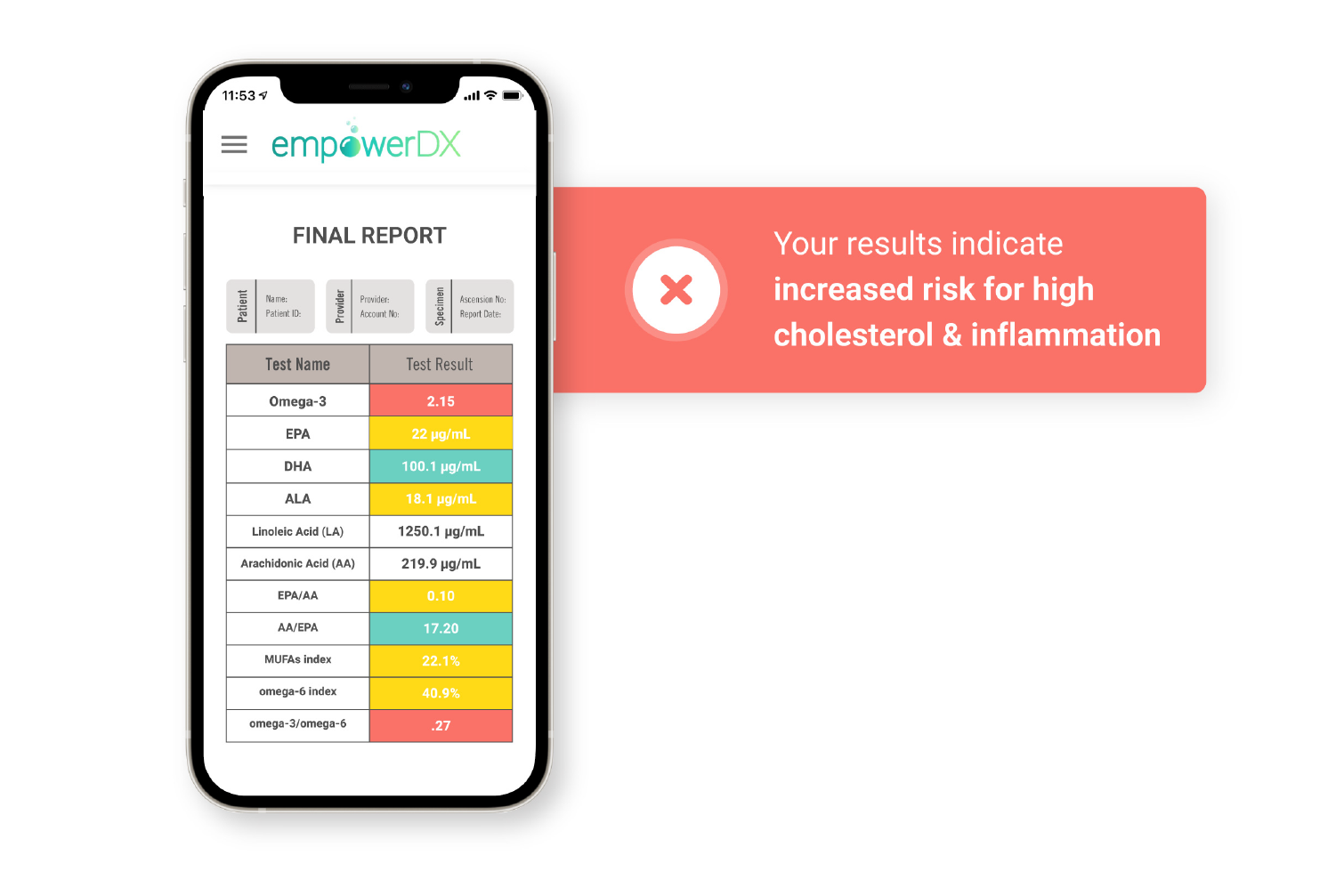Let’s talk about fats.
No, not the quarantine fifteen we gained last year during lockdown. Utter boredom, isolation, and an obsession with Instacart didn’t blend so well – though our snackfood game has never been stronger.
The focus here is on the fats we eat. Healthy fats vs. unhealthy fats. Plant sources vs. animal sources. What to eat to prevent disease and what to avoid like the… Well, you get the idea.
But who do you trust? With countless conflicting opinions across the news, Instagram and the latest diet trends…whose advice do you follow?
Butter was the gold standard for all things roasty toasty for most of the 20th century. Then, in the ‘80s and ‘90s, butter became pure, biscuit-drenched evil. Now it’s had a major comeback through popular nutrition plans like the Paleolithic Diet and the Keto Diet. Popularity contests and sensationalism aside – what does the actual science say?
Here’s a breath of fresh air for you. We tracked down one of the greatest minds of our time with regard to fats and fatty acids. Meet Dr. Michael Dansinger MD, a doctor and expert on all things oily and obtuse. Our team had a delectable discussion with Dr. Dansinger, rendering the following nuggets of wisdom. In our conversation, we covered:
- What are fatty acids?
- Can the foods we eat affect the levels of fat in our blood?
- What are the various types of fats?
- What’s the deal with saturated fat?
- Are trans fats really that bad?
- Are monounsaturated fats the healthy ones?
- What about polyunsaturated fats like cooking oils?
- How can we test the fatty acid levels in our blood?
In case you haven’t heard of Dr. Dansinger, he serves as Founding Director of the Diabetes Reversal Program at Tufts Medical Center in Boston, Wellness Director at Boston Heart Diagnostics, and is a nutrition, diabetes, and obesity expert for WebMD. Remember watching NBC's "The Biggest Loser" for 10 straight years? Well, he was the nutrition doctor on that show and designer of the Biggest Loser Diet. He’s also a member of the “Best Diets” annual judging panel for US News and World Reports.
It’s time to cut through the fat – literally. Here’s our interview with Dr. Dansinger. We asked the tough questions, and he dropped the evidence-based knowledge. Bon appétit!
What are fatty acids and why are they important for health?
Fatty acids are molecules made by plants and animals. Whether we’re eating plants, animals, or a bit of both, we’re consuming fatty acids.
The fat in food consists mainly of fatty acid molecules. The types of fat or fatty acids we eat affects our health – for better or worse.
Interestingly, our bodies also make fatty acids.
The body uses the fatty acids we eat or make for a wide variety of biological functions in every organ of the body. The brain is loaded with them – so are the kidneys, liver, and other digestive organs. Every cell in the body is covered by a cell membrane composed mainly of fatty acids which affect the function and health of each cell.
We also use fatty acids for energy, and they fuel almost one-third of our daily energy needs. The fatty acids we eat and make affect our overall health and risk of diseases. Heart disease, stroke, diabetes, obesity, dementia, cognitive decline and many other conditions are associated with unhealthy fatty acid profiles in the blood, so it’s critical to know your levels, and then take action to improve them over time.
Can healthy eating and lifestyle habits improve fatty acid levels in the blood and improve overall health?
Absolutely. The old saying “you are what you eat” is largely true here.
Healthy eating patterns improve the fatty acid profile in the blood, along with losing excess body fat and exercise. You can see the improvements in the fatty acid balance test I’ll explain later on.
By measuring the various types of fatty acids, you can optimize each one with the right nutrition plan and lifestyle strategy. There are also dietary supplements that can be used when needed.
What are the various types of fatty acids that are important for health?
I’d like to talk about 5 major categories of fatty acids and how to optimize them. The 5 categories are:
- Saturated fatty acids
- Trans fatty acids
- Monounsaturated fatty acids
- Polyunsaturated fatty acids
- Omega-3 fatty acids
These categories differ from one another largely according to how solid they are at room temperature, which is determined by the chemical properties of each fatty acid.
As a general rule, the stiffer the fatty acid molecule, the more solid it is at room temperature and the stiffer the fatty acid is in the body. We want our fatty acids to be loose and not stiff, partially because we want our cell membranes to be loose and not stiff!

What’s the deal with saturated fat?
Saturated fatty acids are found mostly in animal fat. These are the stiffest kind of fatty acids, and they are solid at room temperature.
They are prominent in meat and dairy foods. Steaks, burgers, chicken wings, butter, cheese, ice cream and other similar foods are loaded with saturated fatty acids, which can build up in our body and make our cell membranes too stiff.
This can raise levels of unhealthy cholesterol and stiffen and harden our arteries. It can be bad for the brain and other organs, including the heart.
Here’s a fun fact: our bodies also make too many saturated fatty acids when we have too much abdominal fat.
Our livers can become too fatty, and a fatty liver tends to turn carbohydrates into saturated fat, which gets into the blood. This is called “De Novo Lipogenesis”. So to recap – too much saturated fatty acid in the blood can come from eating too much saturated fat, or from making too much saturated fat as a result of a fatty liver acting on excess dietary carbohydrates.
We can reduce our saturated fat levels by eating less of those foods and losing excess abdominal fat by eating less and exercising more. Your improvements can be measured using a fatty acid blood test.

Are trans fats really that bad?
Trans fats are mainly made in a factory. They result from a chemical process that starts with liquid vegetable oil and then stiffens it by altering the chemical bonds in the fatty acid molecules. The result is “vegetable shortening”, which was once widely used in manufactured foods, bakery foods, and deep fried foods.
Trans fats are the most unhealthy fatty acids, and they’re terrible for the body. They fuel heart disease, stroke, diabetes and similar conditions.
The good news is that 95 percent of all trans fats have been removed from the food supply, but it is still found in some cake frosting and certain manufactured baked goods. Vegetable shortening is still available, but overall, the removal of trans fats from the food supply is a major victory.

Are monounsaturated fats the healthy ones?
Yes, eating foods with monounsaturated fats is healthy. Healthy food sources of monounsaturated fats include avocados, nuts, seeds, and olives. The Mediterranean diet includes high levels of monounsaturated fats, which is part of the reason why this eating style is promoted as having a variety of health benefits.
However, here’s where it gets tricky. The body also produces monounsaturated fatty acids from excess carbohydrate intake, which makes it hard to interpret the blood levels of monounsaturated fatty acids.
You definitely want to eat monounsaturated fats, but it’s important to know that blood levels do not reflect dietary intake as much as bodily production of monounsaturated fatty acids.

What about polyunsaturated fats? Are cooking oils in this category?
Yes, that’s right. Polyunsaturated fats are the main component of vegetable oils. They’re actually found in all dietary fats.
The more polyunsaturated a fat is, the more fluid that fat is. This type of fat is generally healthy, but we have to consider both the source and amount of this kind of fat.
Even healthy fats have a lot of calories, so be careful. Get your healthy fats from healthy foods.
Some eating strategies include a lot of fat. This can be healthy if you’re making up for it by reducing unhealthy sugars and starches and losing unwanted weight. You want your fat to come from healthy foods, mainly plants.
We can measure different types of polyunsaturated fatty acids in the blood and see if your levels are in balance.

Are omega 3 fatty acids the healthiest type of fatty acids?
Yes. These fatty acids are favorable and are the most fluid. The brain needs omega-3 fatty acids, and the brain cells need fluid membranes to do its job.
There are two main dietary sources of omega-3 fatty acids: certain plants and seafood. Certain seeds have omega-3’s, so flax seeds and flax oil are a good source. Wild plants also have omega-3 fatty acids, so animals that eat wild plants have some omega-3’s in their body fat.
Fish are an important source of omega-3’s, and this type of omega-3 is the healthiest kind – known as DHA and EPA. Salmon, trout, sardines, anchovies, and other fatty fish (that are low in mercury and other toxins) are good sources. Farmed salmon has much healthier fat than a farmed chicken, but a wild salmon has a healthier fat profile than a farmed salmon.
Studies show that the higher the omega-3 intake, and the higher the EPA and DHA levels in the blood, the lower the risk of many diseases like dementia. Fatty fish is a very good way to maximize your omega-3 levels.
Another approach is fish oil supplements. These can be either by prescription or by over-the-counter capsules. You should work with your healthcare provider to determine the dose and brand that’s right for you.
You can use the fatty acid balance test to determine your omega-3 levels. This can help you and your healthcare provider know if you’re eating enough fatty fish or know if your omega-3 supplement dose is correct.

How can we test the fatty acid levels in our blood?
There are two ways to test your fatty acid levels. One way is to get it done through your healthcare provider’s office. Another way is to do it through a home test with empowerDX.
The fatty acid balance test (omega DX) is a blood test that measures the levels of different healthy and unhealthy fats in your blood. The fatty acid balance test is available through empowerDX as “omega DX” – so just order a kit online from their website.
The test comes to your home, and it includes a lancet you can use to prick your finger and a tiny tube to collect the blood. Ship your sample back with the included shipping supplies, and the results will come back in a few days. You can view them on a secure, online portal and share the results with your healthcare provider.
Although most people are familiar with cholesterol testing, which measures levels of different healthy and unhealthy cholesterol levels, most people are not yet familiar with the fatty acid balance test (omega DX), which measures a wider range of important healthy and unhealthy fats in the blood.
You want those fatty acids to be in the right balance. It’s complementary to cholesterol testing and can be done at the same time. Check out omega DX testing from empowerDX, and get answers about your fatty acid levels!


